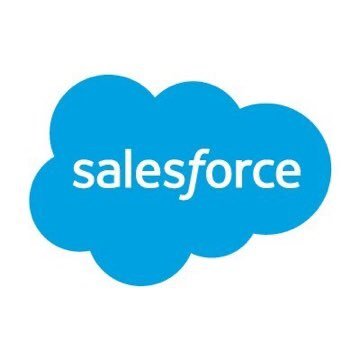
Salesforce Behavioral Interview for Product Designer (Customer 360, San Francisco)
What this interview covers: A 60‑minute, story‑driven conversation that evaluates how you operate as a Product Designer within Salesforce’s Ohana culture and values (Trust, Customer Success, Innovation, Equality). Expect probing follow‑ups using STAR/CAR to assess collaboration with PM/Eng, customer obsession, enterprise platform thinking, and your ability to navigate ambiguity while aligning to V2MOM (Vision, Values, Methods, Obstacles, Measures). Format and flow: - 5 min: Introductions, role context, V2MOM alignment prompt. - 35–40 min: Deep‑dive behavioral scenarios (stakeholder management, conflict, accountability, learning mindset) with 2–3 layered follow‑ups each. - 10–15 min: Candidate questions focused on customer impact, cross‑cloud considerations (Sales, Service, Marketing, Commerce), and ways of working (Slack‑first collaboration). Focus areas specific to Salesforce: - Customer 360 mindset: Designing end‑to‑end journeys that span clouds (e.g., Sales + Service) and roles (admins vs. end users); balancing configuration vs. customization. - Trust and enterprise rigor: Handling security/compliance constraints, data privacy, reliability, and accessibility (WCAG) at scale; partnering with Legal/Security. - Collaboration at scale: Driving outcomes with PM, Engineering, Research, Content Design, and cross‑functional partners (CS, SEs, Support) across time zones using Slack and Trailhead resources. - Outcome orientation: Defining success metrics (adoption, CSAT, task success) and leveraging data (e.g., Tableau dashboards, in‑product analytics) to iterate. - Ownership and resilience: Navigating conflicting priorities, resolving disagreements (e.g., PM vs. Eng trade‑offs), managing escalations, and learning from failures. - Innovation with pragmatism: Shipping iteratively within a large platform, designing for extensibility, and contributing to design systems. Sample question themes: - “Tell me about a time you unified disconnected enterprise experiences into a coherent workflow across multiple products or clouds.” - “Describe a disagreement with PM or Engineering about a design trade‑off. How did you build trust and what shipped?” - “Share a time you advocated for accessibility or security that impacted scope or timeline.” - “How have you measured the customer success of a shipped design? What metrics moved and why?” - “When stakeholders had competing V2MOM goals, how did you align the team and proceed?” What strong answers include: - Clear problem framing tied to customer outcomes; explicit constraints (admin vs. end‑user needs, compliance, performance). - Concrete collaboration tactics (Slack rituals, design critiques, research readouts), and how you incorporated feedback. - Quantified impact (adoption, NPS/CSAT, support ticket reduction, time‑to‑task) and learnings. - Reflection on equality/inclusion (accessible patterns, global/localization considerations) and trust. Evaluation rubric (behavioral signals): - High: Demonstrates customer‑first decisions, cross‑cloud/platform thinking, measurable impact, proactive alignment to V2MOM, and principled handling of conflict. - Medium: Solid stories with partial metrics; needs stronger enterprise constraints or stakeholder alignment details. - Low: Vague outcomes, tool‑centric vs. customer‑centric, limited collaboration evidence, ignores trust/accessibility. Candidate prep tips (tailored): - Prepare 3–4 STAR stories spanning cross‑functional collaboration, ambiguity, a tough conflict, and a measurable win at scale. - Map each story to a Customer 360 journey, note admin/end‑user impacts, A11y/privacy considerations, and metrics. - Be ready to discuss how you use Slack to drive decisions, and how you learn/enable others (Trailhead, design critiques).
60 minutes
Practice with our AI-powered interview system to improve your skills.
About This Interview
Interview Type
BEHAVIOURAL
Difficulty Level
3/5
Interview Tips
• Research the company thoroughly
• Practice common questions
• Prepare your STAR method responses
• Dress appropriately for the role